
Spoiler Warning: There are spoilers ahead for Star Trek: The Next Generation, Star Trek: Discovery, Star Trek Beyond, The Empire Strikes Back, and The Rise of Skywalker.
Where do you stand on questions of “canon” in works of fiction? That’s the thorny issue we’re going to grapple with today!
The term “canon” as it’s applied to franchises and fictional universes today comes from the realm of theology, surprisingly enough. The first “canon” referred to the Bible, specifically to which books of the Bible were considered sacred and authentic. It has its roots in Latin, and is etymologically distinct from “cannon” – the large gunpowder weapons that we often associate with pirate ships.

In the context of fictional universes and modern entertainment franchises, the word “canon” has kind of taken on two meanings. Firstly, we have the authoritative list of which stories are the accepted ones in a particular series. And secondly, we have the meaning that we’re looking at in more detail today: how the word “canon” has been applied to individual story threads, narrative elements, and the minutiae of a fictional setting.
As more and more films and television shows have grown and been turned into ongoing franchises by their corporate overlords, the question of canon in its secondary meaning has come to the fore in fan communities. It’s worth noting that some fandoms have been wrangling with questions of canon for longer than others: Star Trek fans, for example, have been caught up in these kinds of debates for literally decades, as have fans of some comic books. Other franchises and fictional settings are new to the debate, prompted by new additions to their series, or in some cases, by corporate decisions that overwrite what had been previously established.
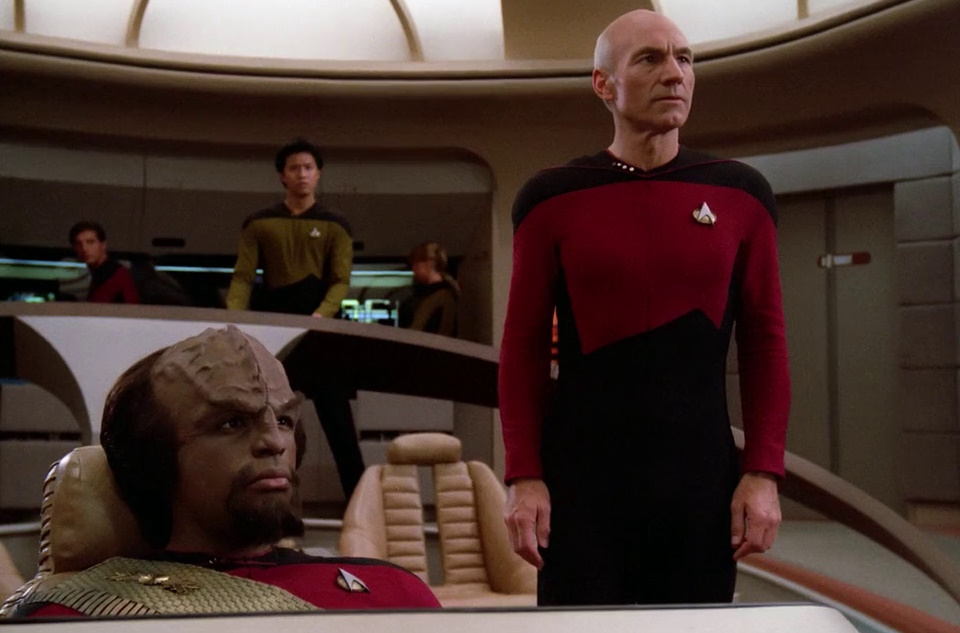
Very few people would dispute that a film or television episode produced officially as part of a franchise is “canon.” That’s not really what we’re looking at today – though there are certain exceptions, such as how Star Trek: The Animated Series was “officially” considered to be non-canon for several years. Debates instead tend to focus on smaller story elements – the background of a character, how a fictional technology works, or whether Event A clashes in an irreconcilable way with Event B.
Some television shows – particularly comedy, but not exclusively comedy – tend to play very fast and loose with matters of canon. If a good joke requires a character to act completely differently, or even for an entire setting to be transformed, then these kinds of shows will do it. Why waste a good joke, after all? But other shows and films like to take themselves seriously, presenting their fictional worlds as big, persistent alternate realities in which audiences are invited to lose themselves. It can be jarring for some viewers when a new film or episode comes along that seems to challenge or even “violate” some aspect of what had been accepted as canon.
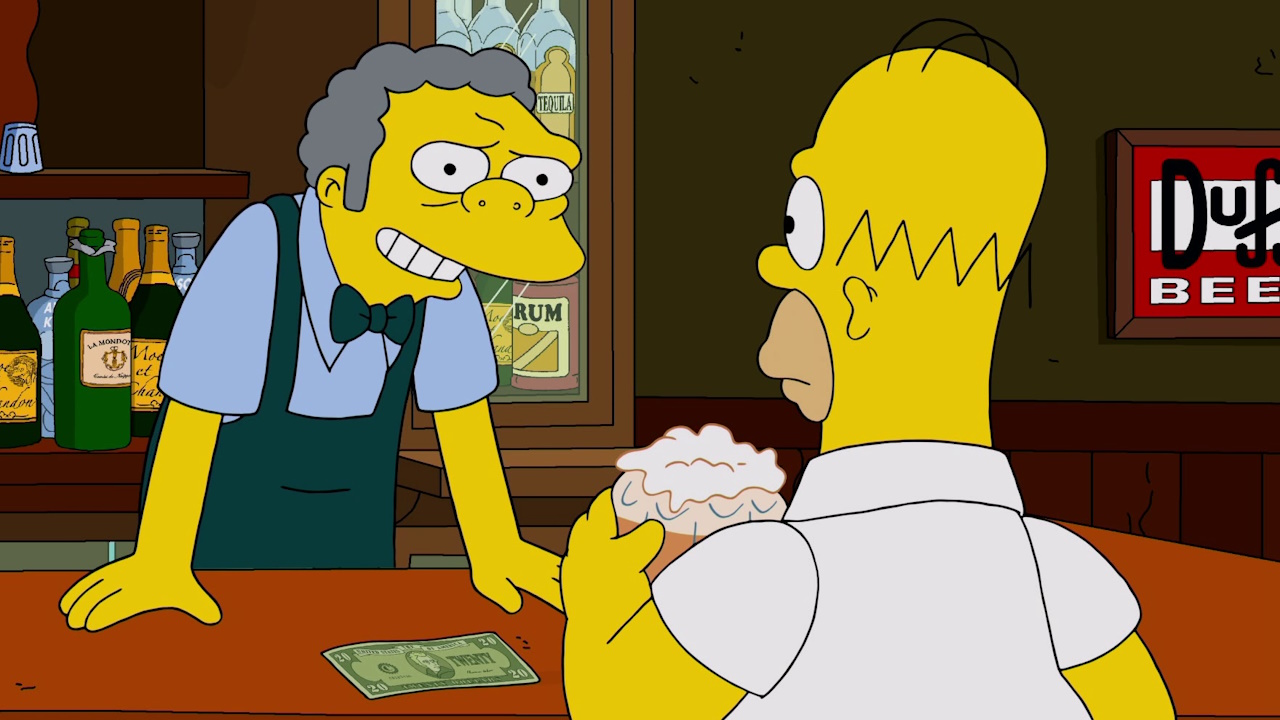
In fan communities – or at least, in those of which I’m aware – folks tend to fall into one of two rather rigid and well-defined camps.
On the one side are the “purists.” These people insist that the tiniest minutiae must be respected at all costs, and any perceived violations of canon must be given a satisfactory explanation. Overwriting or undoing an element of a story that had been previously established doesn’t usually sit well with canon purists.
Opposing the purists are the “don’t cares.” As the name suggests, these folks are completely uninterested in whether a story fits with the rules and backstories that have been established; as long as the story itself is entertaining, they’re happy to ignore such criticisms and concerns.
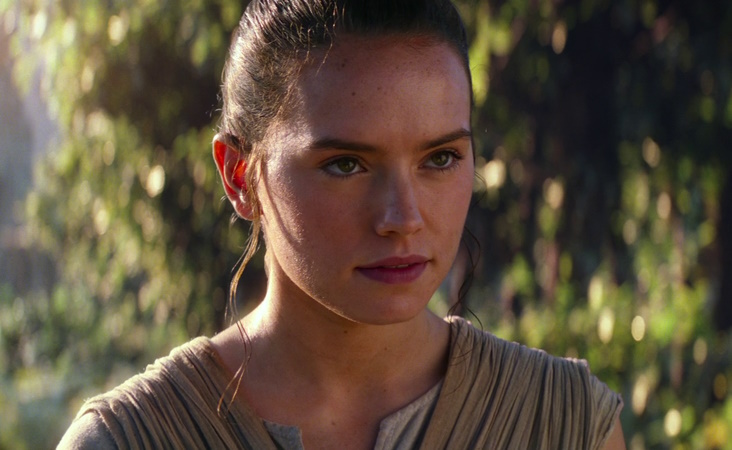
Canon purists will often argue that a story falls apart if the newest chapter doesn’t “respect” or fall in line with everything that has been previously established. On the other side of the debate, the don’t cares will argue that none of that matters and that they’re happy for the writers of a new chapter to take them on a different and unpredictable journey.
So where do *I* sit? What’s my answer to the canon conundrum?
The answer, as you’ve probably guessed, is that it’s a bit more complicated! I don’t buy into the black-or-white nature of this argument, and my position tends to be a bit more nuanced.
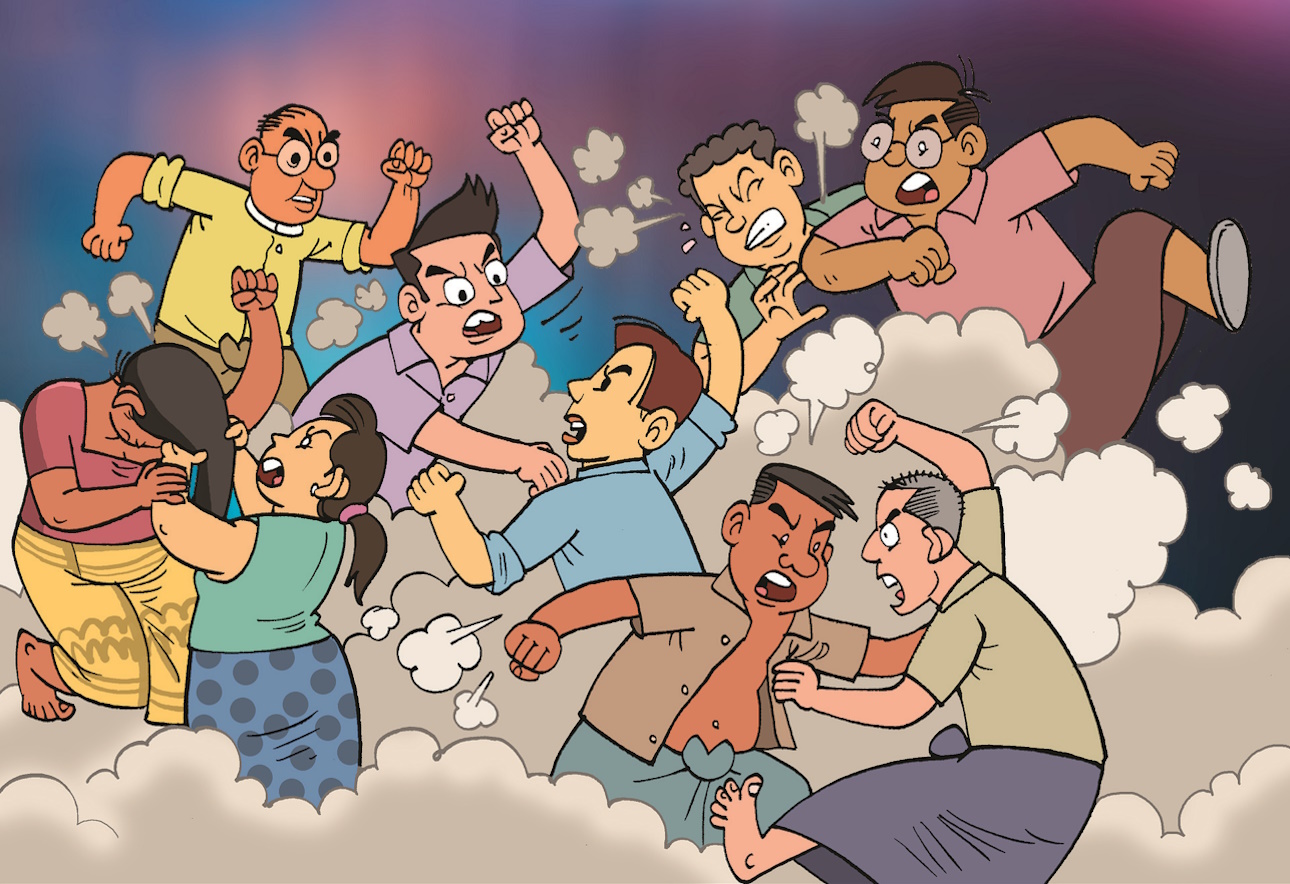
Let’s define one more term: internal consistency. In the context of works of fiction, internal consistency has a fairly literal meaning: within the confines of a setting or fictional universe, basic rules are established that don’t change, in a fundamental or transformative way, from chapter to chapter or story to story.
Internal consistency is, for me, one of the essential pathways to suspension of disbelief. To give a couple of examples: if a fantasy universe establishes that magic works because magic users are born with innate magical power, the writers can’t arbitrarily change that later on to say that magic is actually something that anyone can learn from spellbooks. In a sci-fi setting, if we establish that a machine can travel backwards in time because it uses black hole technology, that also mustn’t be changed later to say that the time machine works by fusing together time-mushrooms in its engine.
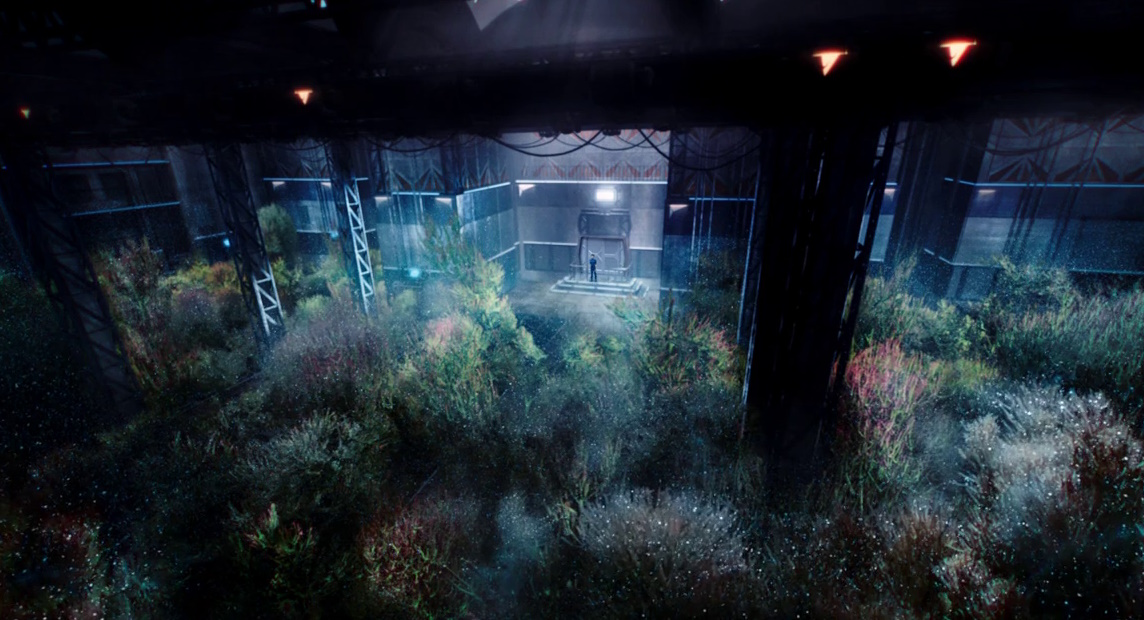
In short, canon matters because basic internal consistency matters. The fundamental building blocks of any fictional setting or world must remain consistent from one story to the next, and can’t be changed at the whim of the writers simply to force a particular story beat to fit. If that story beat can’t fit with what’s already been established because it clashes in an irreconcilable way with one or more of those building blocks, I believe it should be changed or even abandoned outright.
But that isn’t all there is to say.
When it comes to smaller things, like designs and aesthetics, I’m much more forgiving. If characters in a fictional organisation used to wear blue jackets, but in a new story they’re wearing red jackets… that’s not a “violation” of canon in my book. And that extends to smaller story beats, too. If a couple of lines of dialogue two seasons ago established that an event happened “200 years ago,” but a brand-new flashback shows the event happening 100 years ago – and it fits better with the story – then I’m content to let it slide. There are many, many cases where stories have technically “overwritten” something that had been hinted at or even explicitly stated, but the outcome ends up being positive.
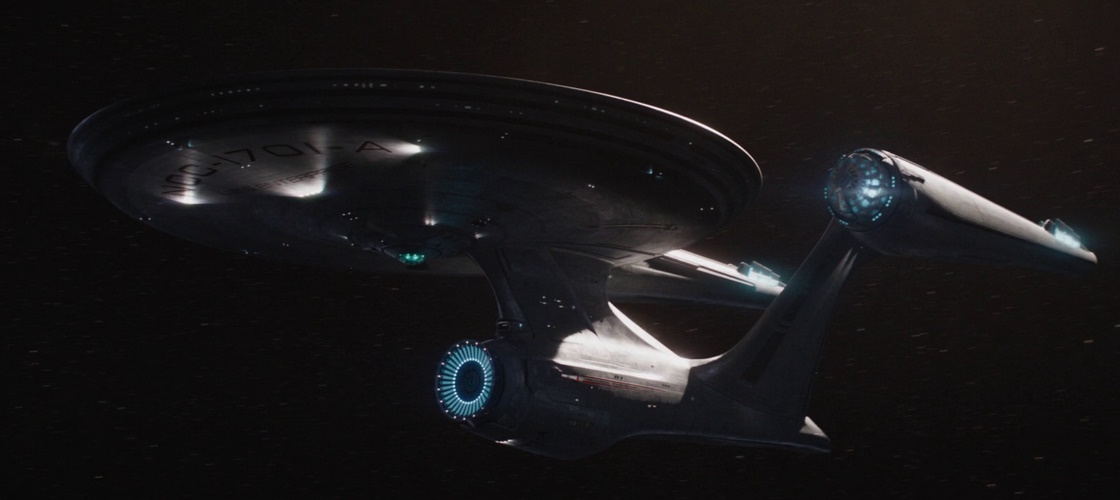
These debates can often be incredibly subjective. Fans can be willing to overlook a change or disruption to canon if they like the outcome or if it takes place in a story they enjoy, even if they’d otherwise consider themselves to be sticklers for internal consistency. Likewise, fans who might otherwise have a more relaxed approach to canon might find themselves calling out inconsistencies or retcons if the story is unenjoyable to them for some other reason.
And it’s worth acknowledging that some changes to canon or retcons have just… worked. Although some Star Wars fans didn’t like it at the time, you’d struggle to find many folks in 2024 who are adamant that Darth Vader being retconned to be Luke Skywalker’s father is a bad thing that “ruined” The Empire Strikes Back. Or Trekkies who’d argue that the way the Borg changed in between their first and second appearances was to The Next Generation’s detriment.
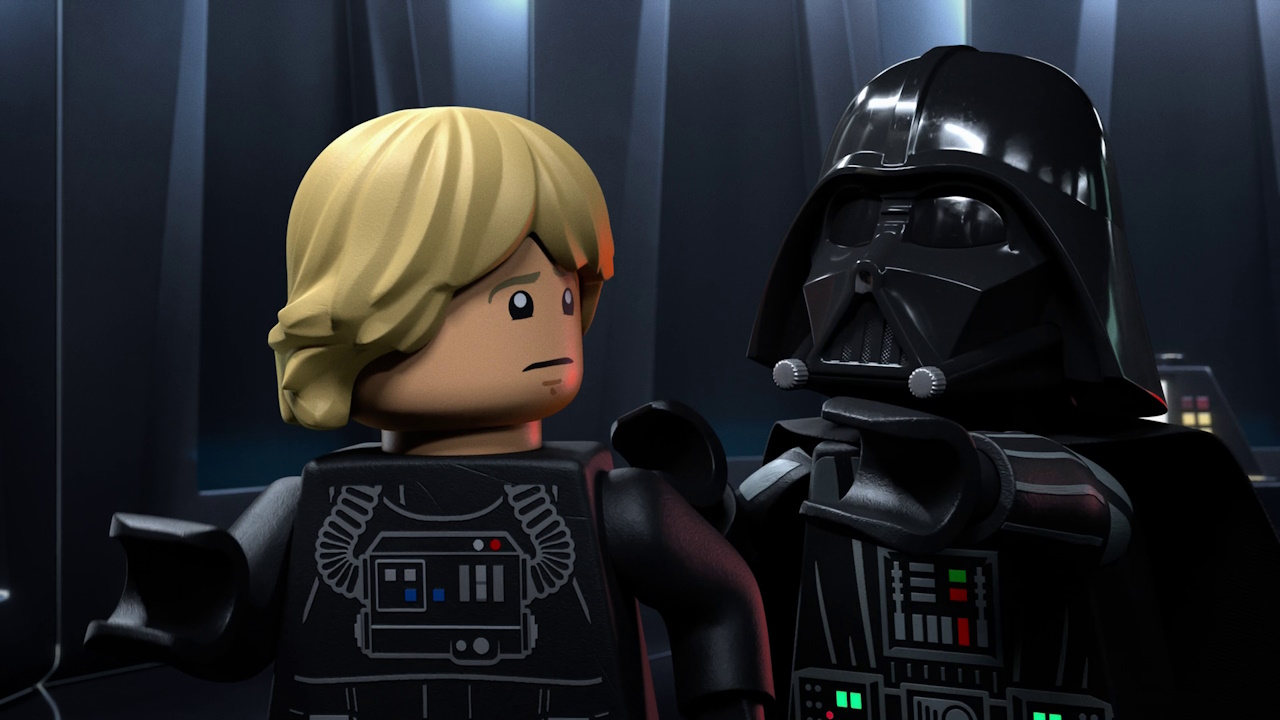
Time is also a great healer. I wasn’t wild about Enterprise when it premiered, and some episodes in that show tripped over what had been established in Star Trek episodes set further along the timeline. Many Star Wars fans in the late ’90s and early 2000s felt that the prequel films messed up the franchise’s internal consistency… but those arguments have fallen by the wayside in the intervening years. Don’t get me wrong, you can still find fans who are bitter about these things, but the passage of time has paved the way for many folks to accept the changes that were made.
Speaking of the passage of time, it isn’t just modern entertainment franchises that have had to deal with this issue! Going all the way back to the end of the 19th Century, some readers of Arthur Conan Doyle’s Sherlock Holmes stories were mortified when the character was resurrected after his supposed “death” at the Reichenbach Falls. If these arguments have been raging for more than a century, what hope have we of resolving them now?
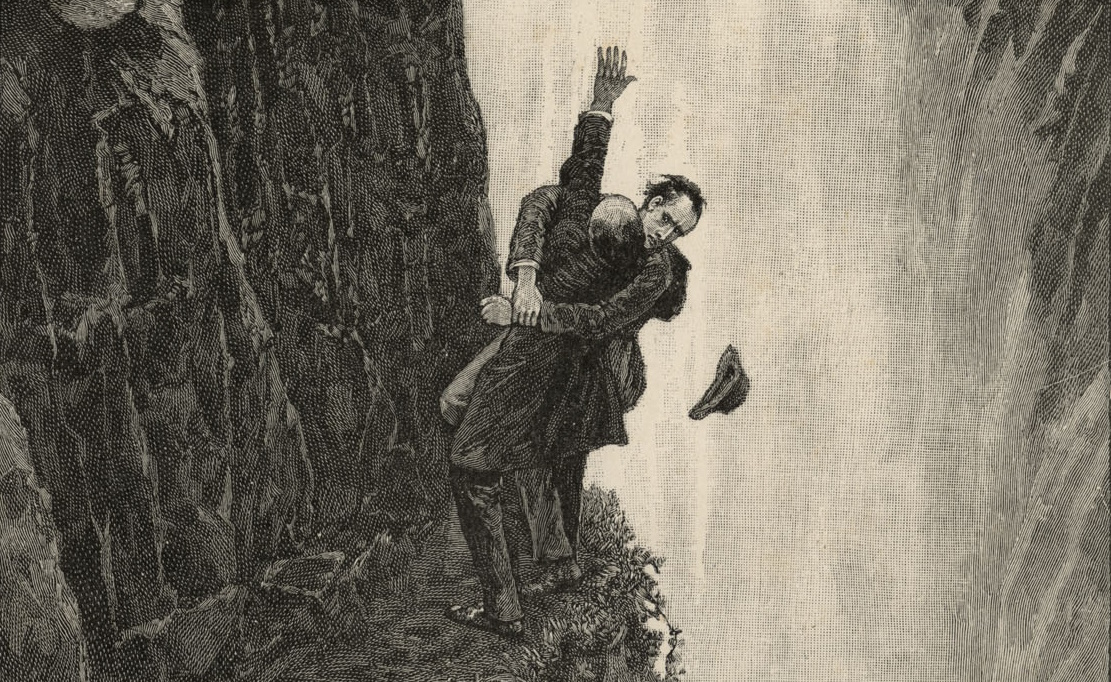
At the end of the day, I’m happy to admit that I fall somewhere in between the “purists” and the “don’t cares.” Canon is important because a fictional setting needs to be basically consistent from one story to the next. Too many overwrites and retcons erode the fundamental building blocks of a world – bringing the whole story crashing down. I also don’t believe that new writers coming in to a long-established setting can or should have totally free rein to do whatever they want; they are, whether they wish to be or not, constrained to an extent by what has already been set up. If they can’t create a story within reasonable limitations… then they aren’t a good fit for that franchise, and their story should probably be discarded.
Having said all of that, though… I’m also not someone who’s a stickler for the minutiae of canon. If a new writer comes in with new ideas for a fictional world, I’m happy to give them the chance to tell their story and add to our understanding of that setting and its lore. Just because a particular character or event hasn’t been mentioned before… that doesn’t mean it didn’t exist, and there are ways to interpret many stories that can include new additions without feeling like something has been entirely cancelled or overwritten. Retcons and changes can also work incredibly well, representing an improvement on the original story or idea in many cases. We don’t have to look far to find great examples of that.
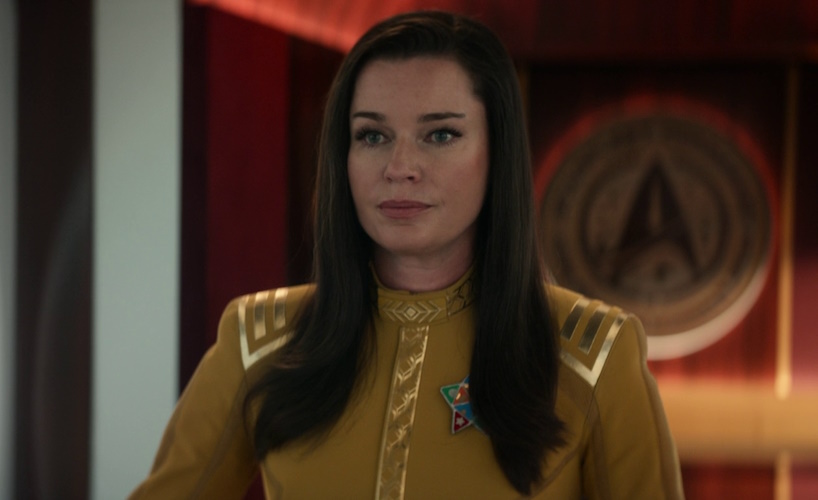
At the end of the day, I want to be entertained. I return to a familiar fictional setting in part because I’ve enjoyed what writers and creatives have built and want to see more of it – so it can be jarring if a new story changes too many things too quickly, or seems to overwrite something I particularly enjoyed. But at the same time, a strong script, fun ideas, and high production values can win me over before too long. A new story that strikes out in an unexpected direction can keep me on my toes, challenge my expectations, and prove incredibly fun and engaging.
There is a time and a place for canon. Basic building blocks that are key to the functionality of a fictional world, or well-established origin stories for major characters are the kind of things that I feel either shouldn’t be challenged or that have a very high bar to overcome. But smaller things involving secondary characters, or the likes of designs and aesthetics, are absolutely fair game in my book.

I hope this has been an interesting look at “canon.” This is a subject that I’ve touched on in other reviews, articles, and essays over the past few years, and it’s one that I’ve been meaning to delve into more deeply for some time. In fact, it’s been in my writing pile since I first set up my website more than four years ago. I’m glad to have finally been able to get around to it and try to explain where I stand!
Hopefully I’ve been able to get my point across as clearly as possible. This is a big topic, one that could easily be a whole series of articles with dozens of examples and anecdotes! I’ve tried to keep such things to a minimum this time, instead taking a “big picture” look at canon as a whole. But there may be time in the weeks and months ahead to dig a little deeper using some specific stories from across the world of entertainment.
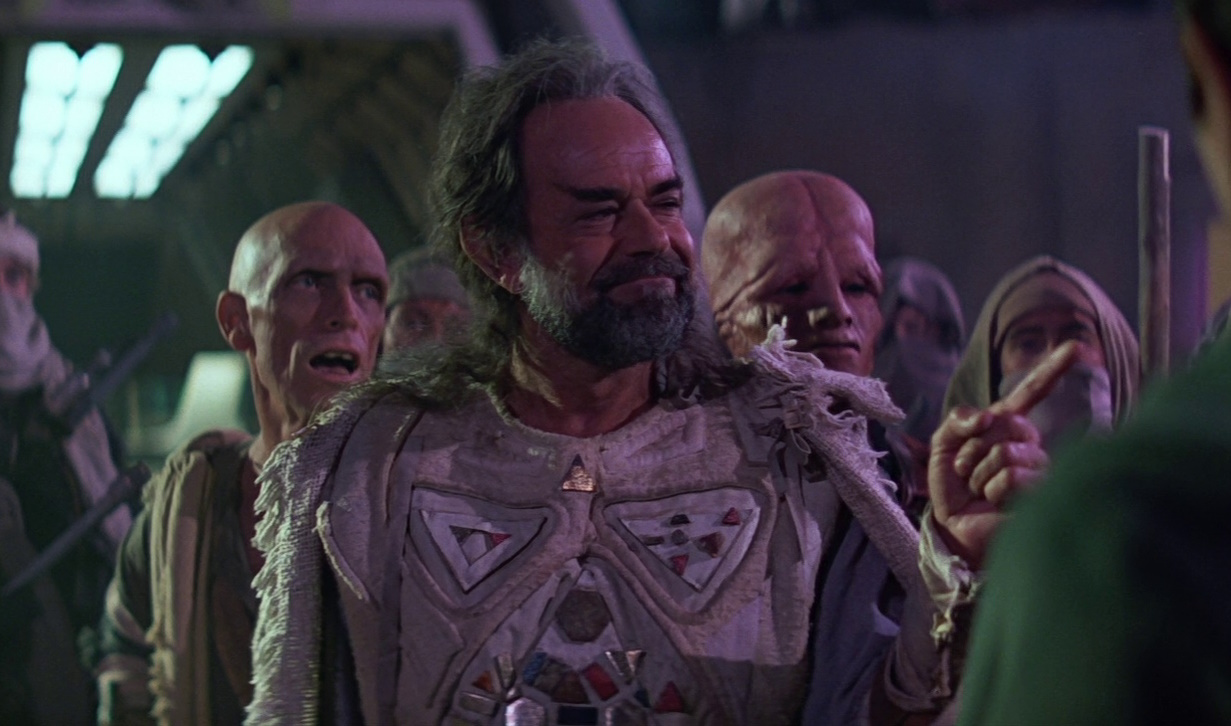
It’s been fun for me to finally put (metaphorical) pen to paper and tackle this question. Canon is a big deal for a lot of folks in fan communities, and I get that. There have been times over the years where I’ve felt that a story could’ve benefitted from staying true to canon a little more… and other times where I’ve felt that a story played it too safe, or that a retcon wouldn’t have gone amiss!
But I confess that I get a little tired of this black-and-white argument, with “purists” and “don’t cares” caught in a seemingly endless back-and-forth argument that never makes progress. We won’t always agree on what makes a good story – nor even on what the basic needs of a story are. That’s okay, and I share this piece with the world in that spirit. This is my subjective opinion on questions of canon – and nothing more. A lot of folks can and will disagree, and I’m totally fine with that. It’s up to all of us as individuals to decide what’s important and how we wish to approach entertainment franchises and fictional worlds.
All properties discussed above are the copyright of their respective company, broadcaster, distributor, or studio. This article contains the thoughts and opinions of one person only and is not intended to cause any offence.

